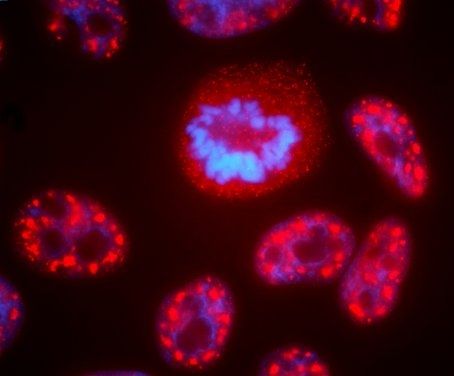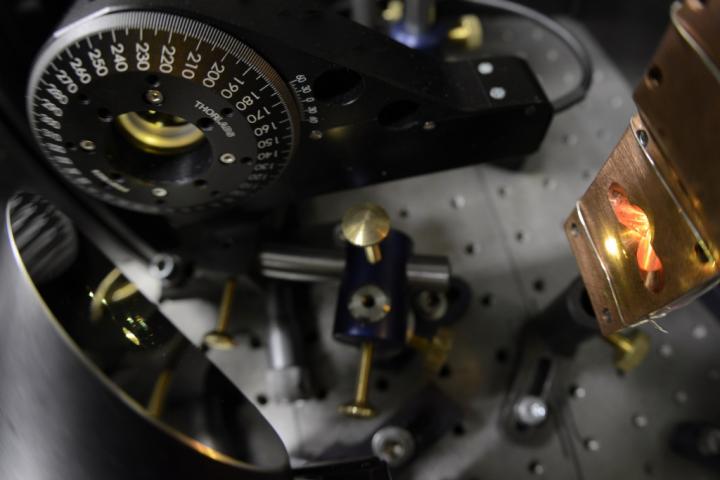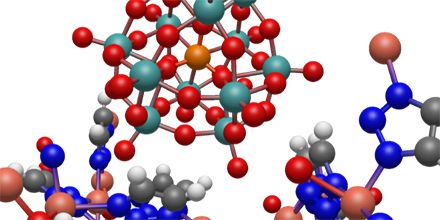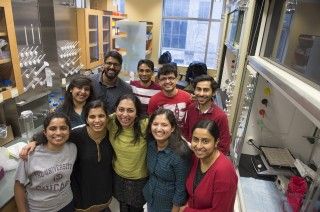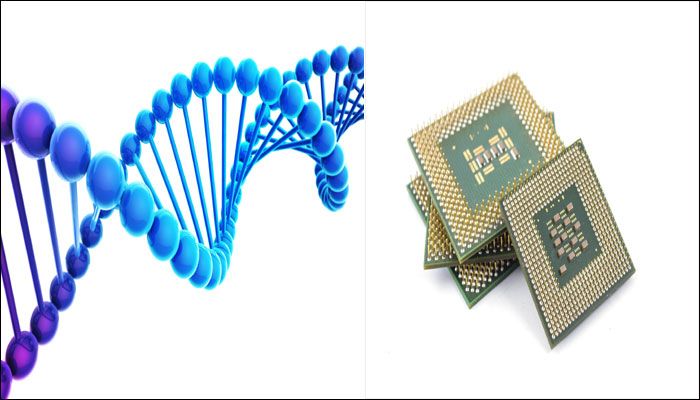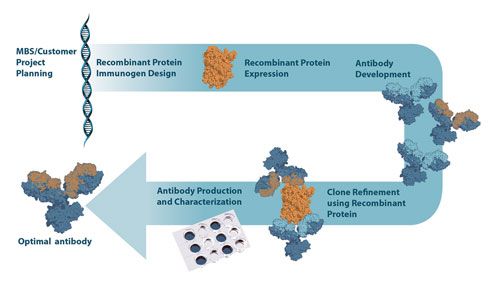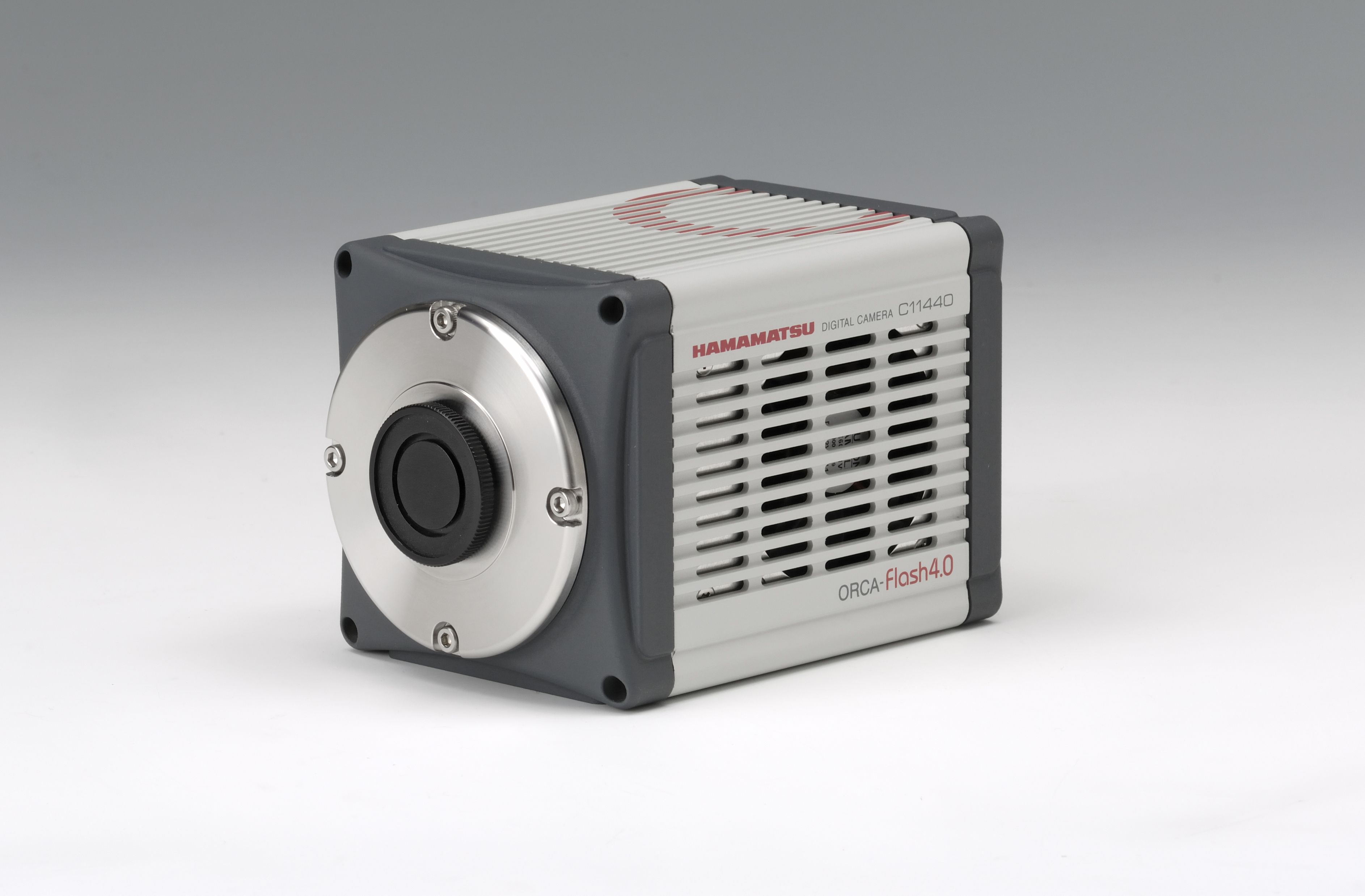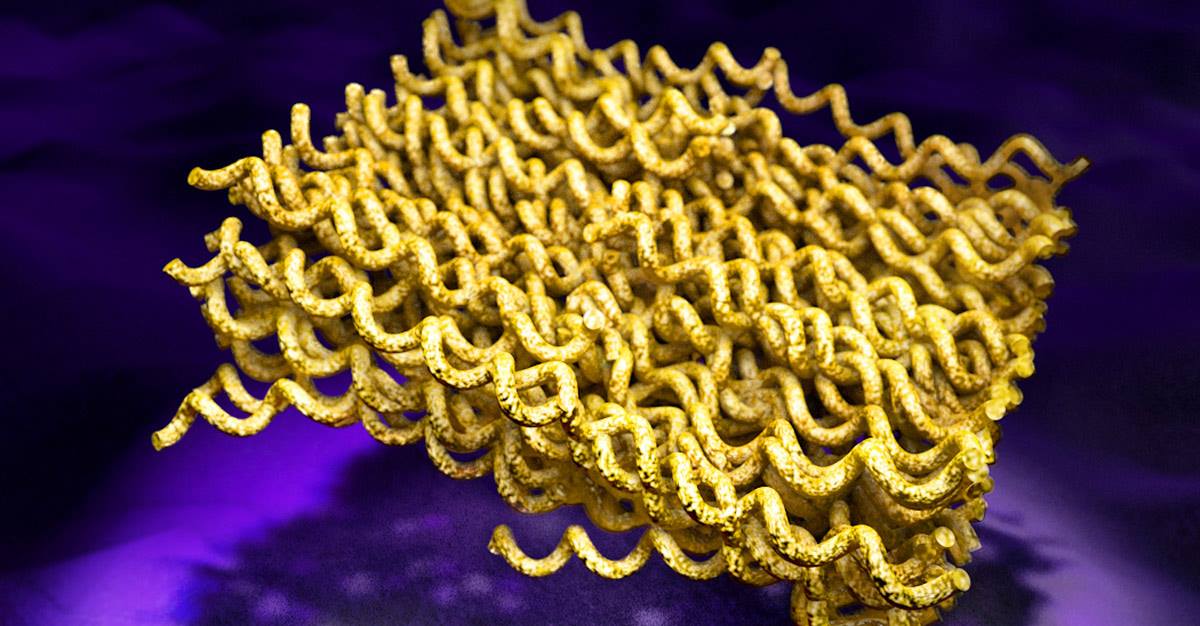Apr 28, 2016
Math points to 100-times faster mapping of gene activity
Posted by Karen Hurst in categories: bioengineering, biotech/medical, chemistry, mathematics
New research by UCSF scientists could accelerate – by 10 to 100-fold – the pace of many efforts to profile gene activity, ranging from basic research into how to build new tissues from stem cells to clinical efforts to detect cancer or auto-immune diseases by profiling single cells in a tiny drop of blood.
The study, published online April 27, 2016, in the journal Cell Systems, rigorously demonstrates how to extract high-quality information about the patterns of gene expression in individual cells without using expensive and time-consuming deep-sequencing technology. The paper’s senior authors are Hana El-Samad, PhD, an associate professor of biochemistry and biophysics at UCSF, and Matt Thomson, PhD, a faculty fellow in UCSF’s Center for Systems and Synthetic Biology.
“We believe the implications are huge because of the fundamental tradeoff between depth of sequencing and throughput, or cost,” said El-Samad. “For example, suddenly, one can think of profiling a whole tumor at the single cell level.”
